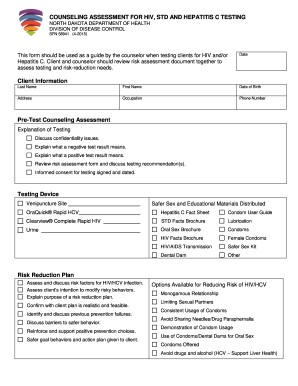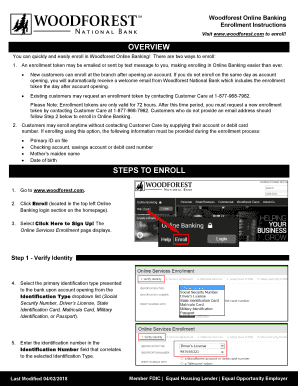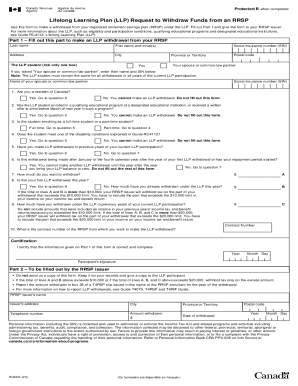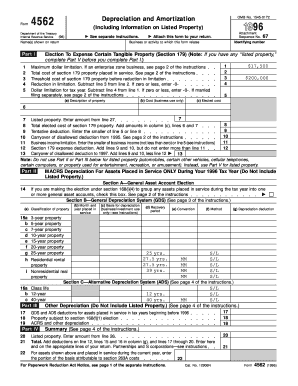Pick Spread Balance Sheet Templates to ensure your financial workflows' transparency and precision. Easily complete and safely send your documents with your team and other collaborators.











Your workflows always benefit when you can easily discover all of the forms and files you require on hand. DocHub gives a vast array of documents to ease your day-to-day pains. Get hold of Spread Balance Sheet Templates category and easily discover your form.
Start working with Spread Balance Sheet Templates in several clicks:
Enjoy smooth file management with DocHub. Check out our Spread Balance Sheet Templates online library and find your form right now!